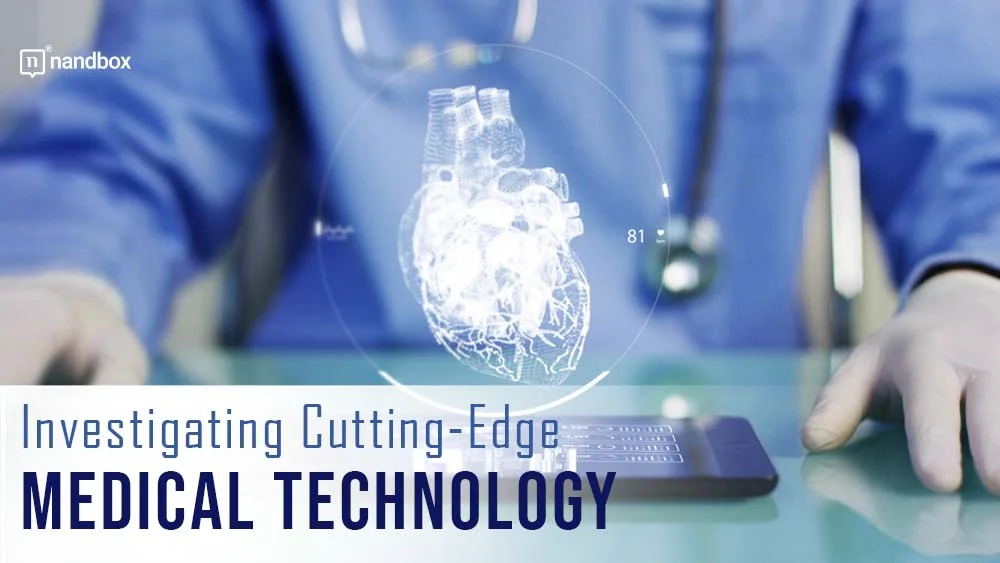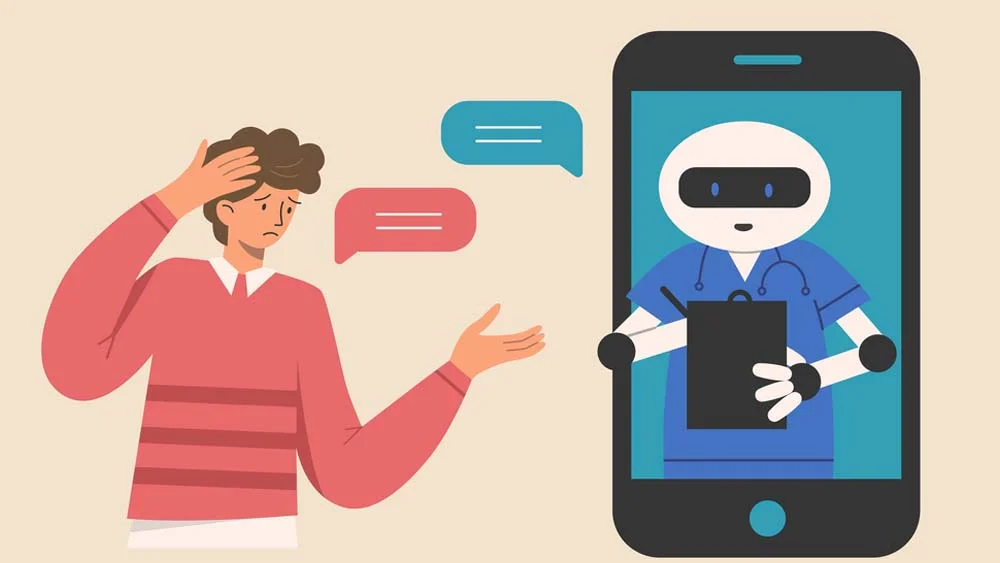Telemedicine (medical technology), a game-changer in healthcare, has revolutionized service delivery, facilitated by advances in medical devices and IT. This article explores telemedicine’s potential and the innovative devices transforming medical treatment.
The Rise of Telemedicine: Breaking Barriers in Healthcare:
Because of the changes from the COVID-19 pandemic, we’re seeing a lot more people using telemedicine. This is a way for doctors to check and treat patients using technology, without needing to see them in person. This change has also led to new healthcare technology being developed. These new tools are making telemedicine even more useful and easier to use, which is changing how we think about healthcare.
– Pareen Sehat, Clinic Director of WELL BEINGS COUNSELLING
Virtual Consultations: Bridging the Distance between Patients and Doctors:
Patients now have the opportunity to consult with medical specialists without having to leave the convenience of their own homes, thanks to the proliferation of virtual consultations. Real-time communication is made possible by cutting-edge technologies like video conferencing platforms, encrypted messaging applications, and secure patient portals. As a result, medical professionals can now remotely diagnose patients, offer prompt medical advice, prescribe medications, and instruct individuals on how to perform CPR when necessary.
– Dayna Carlin, Director of Marketing & Sales at NovoPath
Remote Monitoring Devices: Keeping Health in Check from Anywhere:
Remote monitoring devices and wearables, tracking vital signs and patterns in real-time, have revolutionized chronic disease treatment. These technologies empower individuals to manage their health and enable medical professionals to remotely analyze data for personalized recommendations and treatments. Oral health is a vital component of your overall wellness, and Medicaid helps make dental care accessible to those who may otherwise struggle with the cost. By staying informed, using preventive services, and finding a trusted Medicaid dentist in Colorado, you can ensure that you and your family receive the dental care you need. Taking proactive steps toward better oral hygiene can prevent serious health issues, allowing you to maintain a healthy smile and a healthier life.
– Kevin Zhou, CEO & Founder of a Cell Phone Repair Parts Manufacturing Company REPART
Wearable Health Trackers: Empowering Individuals in Self-Care:
Given their versatility, wearable health trackers have significantly boosted their popularity due to their ability to monitor various health metrics. These devices, which encompass everything from blood pressure cuffs and heart rate monitors to glucose monitors and sleep trackers, empower individuals to keep a constant watch on their health. As a result, they provide critical insights into overall well-being. Additionally, they serve as catalysts, encouraging healthier lifestyle choices. Most significantly, they can even flag potential health issues, thus prompting timely medical intervention.
– Mark Valderrama, owner of Aquarium Store Depot
Portable Diagnostic Tools: Bringing Medical Tests to Your Fingertips:
New portable tools can let people do medical tests at home, even in far-away places. Small devices like mini ultrasound machines and digital stethoscopes can be used with smartphones to record and send health data. This makes healthcare more available, especially in areas that don’t have easy access to hospitals or clinics. Additionally, these advancements can be integrated with oncology medical billing systems, ensuring accurate and efficient billing for cancer-related treatments and diagnostics.
– David Owens, Digital Marketing Expert at CPR Training UK
AI-Driven Chatbots: Enhancing Access to Medical Information and Assistance:
AI chatbots are like smart helpers that can answer health questions, check symptoms, and give basic health advice. They learn from talking with users and can sort out which cases need help first. This can make healthcare workers’ jobs easier and make basic healthcare quicker and more efficient.
– Claire Walker, Chief Human Resources Officer at View Auckland
Telemedicine Robotics: Advancing Surgical Procedures Remotely:
Robotic technology is actively keeping up with new ideas and making a big impact, enabling surgeries through telemedicine. This innovation lets surgeons perform operations remotely with high accuracy, regardless of their physical distance from the patient. By combining telemedicine and robotics, we’re transforming surgical practices and making it easier for patients to receive care from specialist doctors.
– Tiffany Hafler, Manager at Fortis Medical Billing
Conclusion
The use of telemedicine in the future offers a great deal of potential for revolutionizing the delivery of medical treatment. Innovative healthcare technologies like virtual consultations, remote monitoring, wearable trackers, portable diagnostics, and AI chatbots enable telemedicine-assisted procedures. As these technologies evolve and gain wider acceptance, they will continue enhancing healthcare accessibility, efficiency, and patient outcomes, potentially leading to a future with unlimited access to high-quality medical care.




